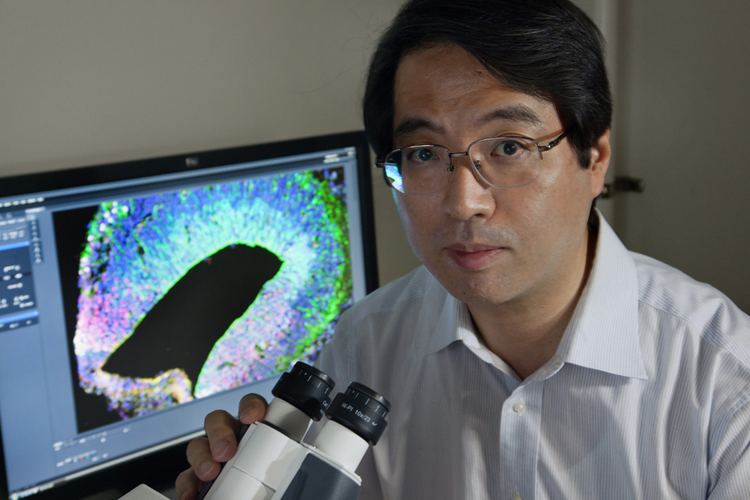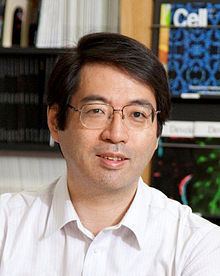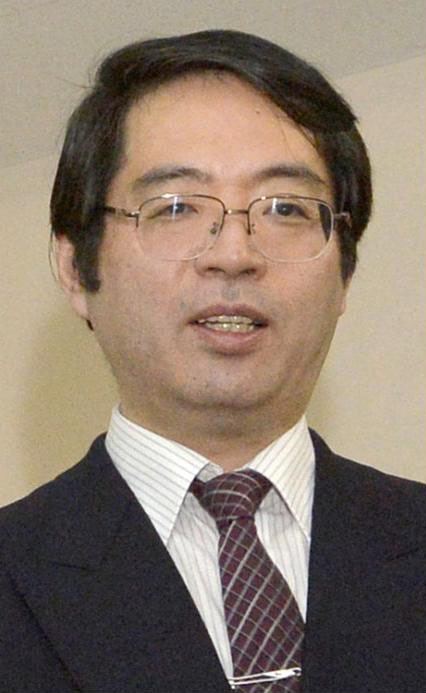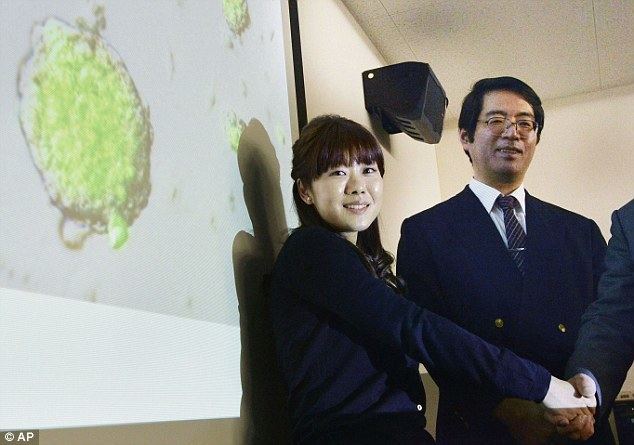Nationality Japanese Role Biologist Name Yoshiki Sasai | Institutions RIKEN | |
 | ||
Similar People Haruko Obokata, Teruhiko Wakayama, Shinya Yamanaka, Masayo Takahashi | ||
Yoshiki Sasai (笹井 芳樹, Sasai Yoshiki, 5 March 1962 – 5 August 2014) was a stem cell biologist. He developed methods to guide human embryonic stem cells (hESCs) into forming brain cortex, eyes, and other organs in tissue culture. Yoshiki was one of the founding leaders of the RIKEN Center for Developmental Biology (CDB) in Kobe, a premier research institute for biology in Japan and Director of the Laboratory for Organogenesis and Neurogenesis at the research institute RIKEN.
Contents

Sasai was best known for developing new methods to grow stem cells into organ-like structures.

In 2012, Sasai became the first stem cell researcher to grow an optic cup from human cells.

On August 5, 2014, he was found dead hanging at the RIKEN institute. It is believed that he committed suicide.

Early life and education

Yoshiki Sasai was born in 1962 in Hyogo, Japan. He received his medical degree from Kyoto University's School of Medicine in 1986. He was awarded a PhD from the Kyoto University's School of Medicine in 1993 and recruited to play the sport he loved, American football, for Kyoto University when he studied medicine there. Yoshiki was then a resident at Kobe Municipal General Hospital.
Career

Subsequently Sasai worked as a research fellow at Edward M. De Robertis's laboratory at UCLA School of Medicine until 1996. He became an associate professor at Kyoto University in 1996, and a full professor in 1998. In 2003, he moved to the RIKEN Center for Developmental Biology as Director of the organogenesis and neurogenesis group.
STAP controversy
Sasai was a co-author on the paper describing the controversial stimulus-triggered acquisition of pluripotency or "STAP" cells. A subsequent investigation cleared him of misconduct but criticized him for inadequate supervision of Haruko Obokata, the lead author of the paper. Some media reports have linked this to his suicide at the RIKEN institute.
Awards and honours
In 2010, Sasai received the Osaka Science Prize for his work on in vitro recapitulation of brain development. He was also the laureate of the 2012 Inoue Prize for Science.
